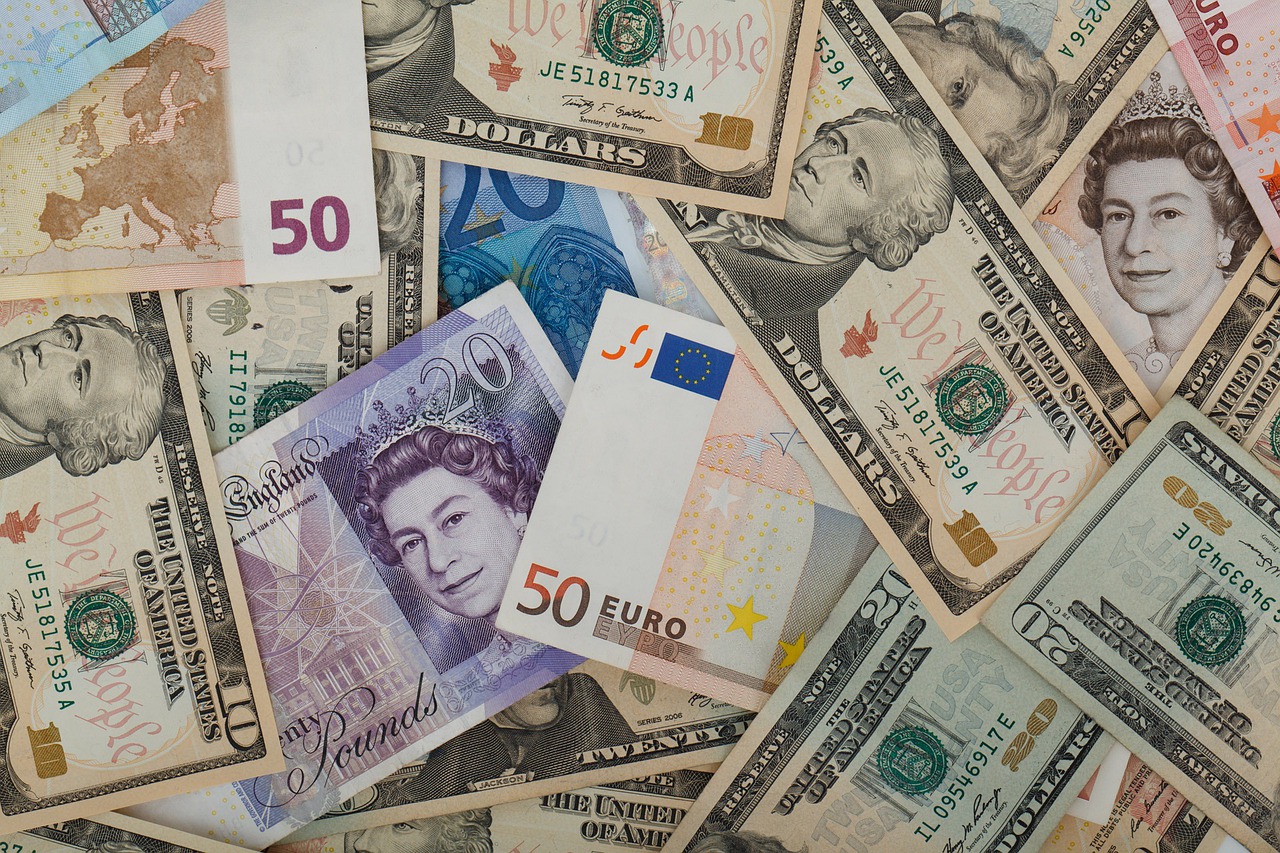On Wednesday, the dollar climbed to fresh highs not seen in two decades, while the euro tumbled to a low not seen in two decades. This was because the progress of the euro zone’s economy was cast into doubt due to potential shortages of energy and their prices.
The dollar strengthening
The US dollar index, which is aimed at measuring its value against a basket of six of its prominent peers, rose past 107, while the euro saw its value decline below the $1.02 threshold, a low that had last been recorded in December of 2002.
High energy prices have given the greenback the opportunity to strengthen and the aggressive pace of the interest rate hikes of the US Federal Reserve as opposed to other banks have also helped significantly. Market analysts said that instead of risk-averse sentiment, the dollar was seeing a boost because of traditional macro factors.
A trade deficit has been recorded in Germany that had last happened back in 1991, while the US has become an energy exporter. Therefore, a trade shift that helps the economy of the United States and the higher interest rates have given the dollar the sustainability it needs to strengthen against other currencies. There was a 0.544% increase in the dollar index, while a 0.87% decline was recorded in the euro to bring it down to $1.0177.
The oil and gas situation
The price forecasts for natural gas were hiked up by Goldman Sachs, as it said that it no longer seemed possible to restore the flow of Russian gas through Nordstream 1. On Wednesday, the announcement from Equinor disclosed that the gas and oil fields that had been shut down in Norway’s petroleum sector because of a strike will be able to resume their operations in the next few days, as the strike had ended.
Nonetheless, analysts believe that oil prices are going to rise once more, as supply will continue to remain tight. Market analysts said that it was not just the potential shortage of energy that had brought down the euro. The single currency was also struggling because energy prices in Europe have gotten significantly higher than in other regions.
Other currencies
It appeared that safe-haven currencies were doing much better than the rest, which not only include the US dollar, but also the Japanese yen and the Swiss franc. The yen received some strength because of the expectations of strengthening inflation in Japanese households in the second quarter. It is expected that the rise in prices in the next year would reach their highest levels that have not been seen in about 14 years.
There was a 0.16% gain in the Japanese yen, which was trading at 135.67 against the US dollar. The Bank of Japan is not willing to change its dovish stance, as it believes inflation is only temporary. The Japanese central bank said that the soaring costs of raw materials and fuel were causing inflation, which had happened due to the Russia-Ukraine war.

